I was fortunate to recently visit Palladio’s staircase in the Accademia. It was originally built as part of the Convento Della Carita which was started in 1560. This was the stair that Palladio referred to in his “Four Books of Architecture” published in 1570. He wrote, “I have made a staircase void in the middle, in the monastery de la Carita in Venice, which succeeds admirably”
Goethe is supposed to have said about this stair, “a person never grows weary of going up and down such a stair.”
This was the staircase that Inigo Jones visited in about 1597 with his copy of Palladio’s book. He visited several times and even sketched a detail in the margins of his book (photo below – taken from “Inigo Jones on Palladio Volume II” published by Oriel Press Limited).
The staircase was clearly the inspiration for the Tulip Stair in the Queen’s House in Greenwich.
The stair is built in an oval space and rises from the ground floor to the second floor. The treads are fairly simple rectangles or trapiziods with no nosings or rebates. The treads at the lower levels are very roughly cut, becoming more refined as you come up the staircase.
I don’t know how far the treads are built into the walls, so I can’t tell if they work as true cantilevers or not. The landing stones at the doorways are built right into the whole thickness of the supporting wall, but this may be an aesthetic detail. The landings all seemed to be made from single pieces of stone. The landings (at either windows or doorways) always have either side built into the wall, which will keep them securely in place.
I particularly enjoyed the simplicity of this detail in the handrail.

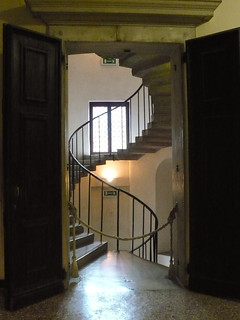
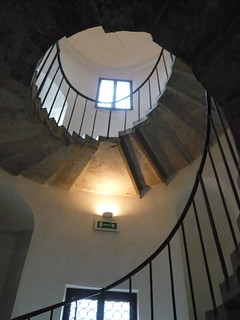
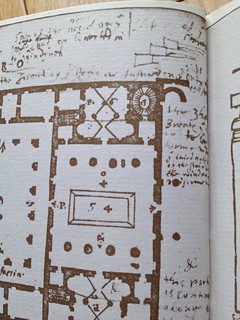

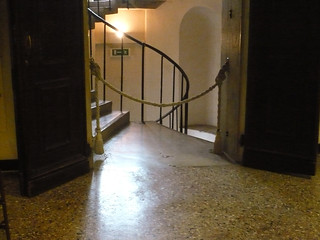
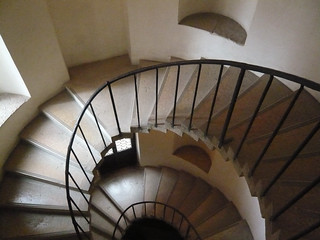
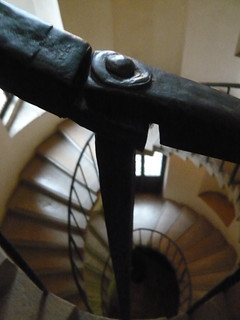
Leave a Reply